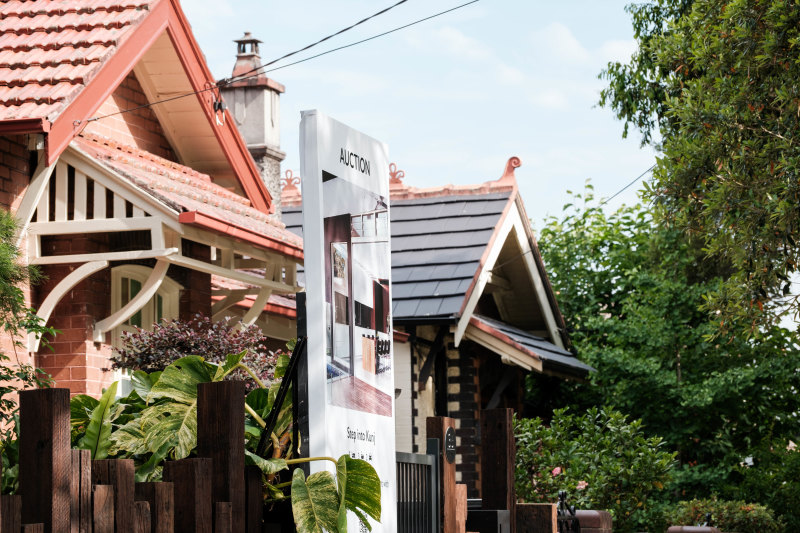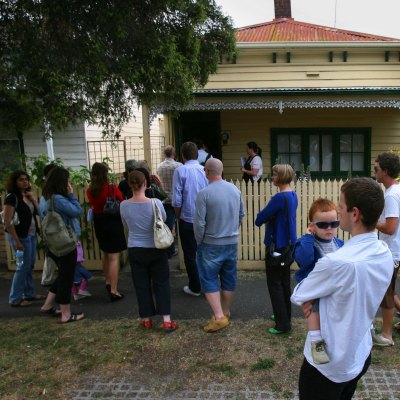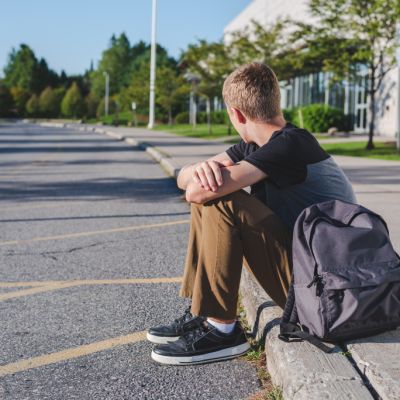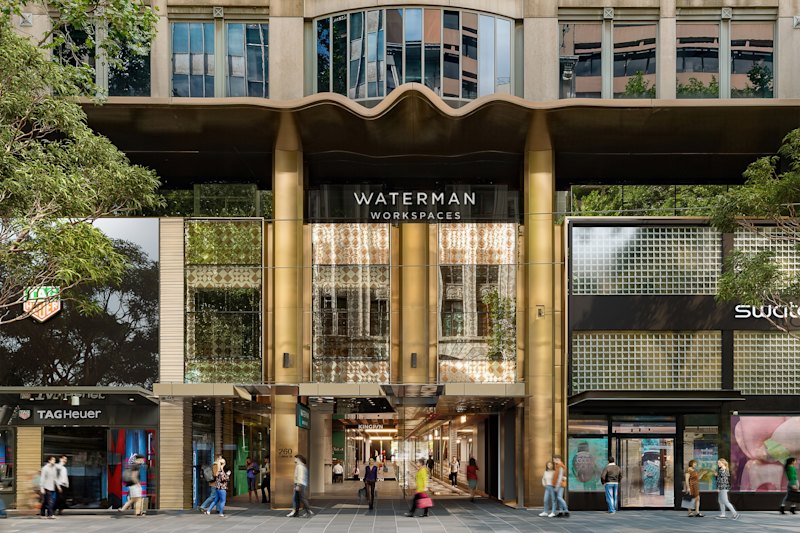The surprising number of people who are homeless in your suburb
Homelessness is higher in areas where there is a lack of affordable private rental housing to meet demand from lower-income households, new research shows.
There are more people experiencing homelessness in the suburbs than often thought, and an ambitious supply of affordable private rental housing and social housing would be needed to make a difference, the paper found.

An increase of 1000 affordable private rental homes within one capital city would reduce homelessness rates by about 10 per cent, according to The changing geography of homelessness in Australia (2001–21) and its structural drivers by the Australian Housing and Urban Research Institute, released on Thursday.
Homelessness includes couch surfers, people staying in homelessness services, or living in boarding houses or severely crowded conditions, as well as the rough sleepers visible in inner cities.
Although inner-city Sydney had the most people experiencing homelessness in the 2021 Census in Australia, there were also significant numbers in Sydney’s Strathfield/Burwood/Ashfield area, Fairfield, Canterbury, Merrylands/Guildford and Auburn.
In Victoria, the highest number was in Dandenong, then Monash, Geelong and Brimbank, all higher than in Melbourne’s inner city.
Inner Brisbane was closely followed by the southern part of Cairns, while inner Perth was eclipsed by WA’s Kimberley region.
The report found that people experiencing homelessness often do not move far – 70 per cent were in the same statistical area (similar to a local government area) as one year earlier.
“Homelessness is becoming increasingly suburban in our capital cities,” researcher Dr Deb Batterham from the Centre for Urban Transitions at Swinburne University and Launch Housing said.
“In terms of homelessness services, services have been consistently unable to meet demand for a very long time.”
In cities and regional areas where homelessness increased over the two decades to 2021, the net supply of affordable private rental housing declined, the report found. And there are more people experiencing homelessness in areas with a greater shortage of affordable rentals relative to demand.
“In our cities in particular we’ve seen increasing affordability pressures,” Batterham said.
“When you’ve got a growing shortage of affordable private rental housing and social housing it becomes harder to avoid homelessness and it becomes harder to exit homelessness once you’re in it.”
This means people are more likely to return to homelessness services after they’ve been helped more than once because that indicates there is no suitable housing for them to exit to, she said.
The researchers looked at how many homes were needed to address the issue.
For one financial year, about 158,000 one- to two-bedroom homes and 25,000 homes with three or more bedrooms are needed nationally to address homelessness, just among the people who access homelessness services – which is only part of the homeless population.
“The volume of housing that’s needed is really, really large,” she said.
“Almost two-thirds don’t contact services when they’re homeless so this is really the tip of the iceberg.”
The research found more than 3000 one- to two-bedroom homes would have been needed in inner-Melbourne and Wyndham in Melbourne’s west, and well above 2000 in Geelong, Melton/Bacchus Marsh on Melbourne’s fringe, inner Sydney, Cairns (south), Melbourne’s Dandenong and Townsville, in the 2021-22 financial year.
“It is quite ambitious, it is a significant amount of housing,” Batterham said.
She praised the federal government for recognising the crisis and trying to increase the supply of new homes, but said their plans would not be enough.
Rents have also risen since the last Census in 2021, so she said the findings are likely understating the seriousness of the situation now.
Independent economist Saul Eslake, who was not involved in the study, agreed that high rents relative to incomes mean a larger proportion of the population than otherwise would be unable to afford to rent a home.
He said an increase in the supply of rental housing and an increase in the supply of social housing would be a long-term solution. He added that private investors buying established housing do not increase the supply of rental housing, and favoured limiting policies such as negative gearing tax concessions and the capital gains tax discount to new homes to increase the supply of rental homes.
“Measures to boost not just the government supply of social housing but any increase in the supply of private market rental housing would put downward pressure on rents,” he said.
Centre for Independent Studies chief economist Dr Peter Tulip said the paper added to previous research on the effect of high rents.
“It’s a well established result that the cost of housing affects homelessness,” he said.
“There is substantial research overseas showing that areas, that cities, with high rents have high homelessness.”
We recommend
We thought you might like
States
Capital Cities
Capital Cities - Rentals
Popular Areas
Allhomes
More










